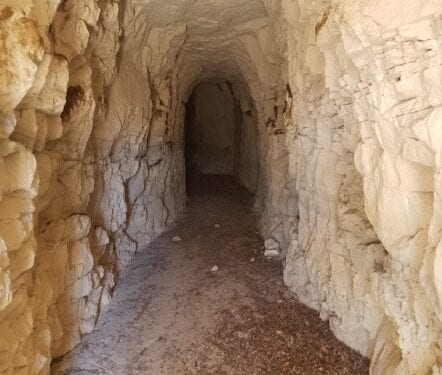TNT Mines Ltd (ASX: TIN) has entered into a binding agreement to acquire Vanacorp Aust Pty Ltd and its wholly owned US subsidiary which owns a 100% interest in 200 unpatented lode claims prospective for uranium and vanadium located in the Dry Valley/East Canyon mining district of south eastern Utah, USA
The East Canyon claims contain known high-grade uranium and vanadium mineralisation and include the historic None Such Mine. The claims are targeted to an area with known historical workings, historic drill intercepts and historic production for both uranium and vanadium.
TNT Executive Director, Brett Mitchell, said field work carried out in 2018 and 2019 yielded highly encouraging results that warrant follow-up exploration.
“We are very pleased to have identified an asset with the quality of East Canyon from our strategy of securing a strategic mineral project in North America, and we look forward to working towards completing the acquisition,” Mr Mitchell said.
“The current outlook for the US uranium sector is extremely positive, driven by forecast trends in power generation and strong support from the federal government. Being a part of that will be exciting for the company.”
Following completion of the Acquisition, the company proposes to undertake the following activities at East Canyon over the coming months:
Ø Compile and review available data
Ø Further geochemical sampling
Ø Map and sample surface and underground exposed mineralisation
Ø Trenching
Ø Surveys
Ø Mapping of the historic underground workings
Ø Compile samples and maps to generate targets for extensional mineralisation
Ø Bulk sample and metallurgical test work
Ø Identify old drill holes/pads
Ø Down hole logging of historical drill holes Ø Identify drill targets
Following this initial work programme, the company intends to move quickly to undertake drilling within the main target area and commence initial metallurgical testwork. Drilling would be relatively shallow as there is a limited amount of Brushy Basin overlying the uppermost, mineral-bearing rim of the Salt Wash within the Project.
Phase 1 drilling would be designed to test the sampled and mapped mineralisation extensions as well as to test the target fluvial sandstones for proper favourability criteria with the chances of intercepting additional buried mineralised pods. Phase 2 drilling would be designed to delineate extensional mineralisation and any discovered pods found during Phase 1.
The process of securing permits for drilling is expected to take three months.
The company will continue to evaluate other opportunities during this time and beyond.











